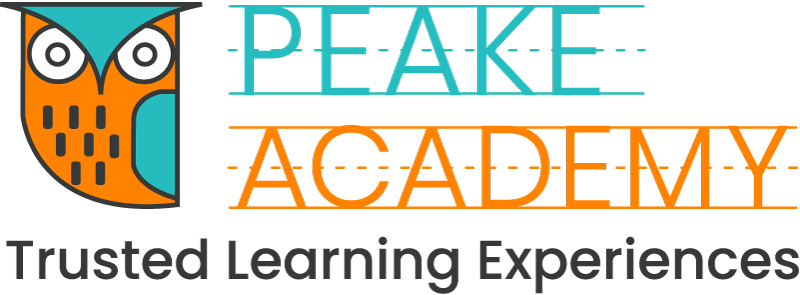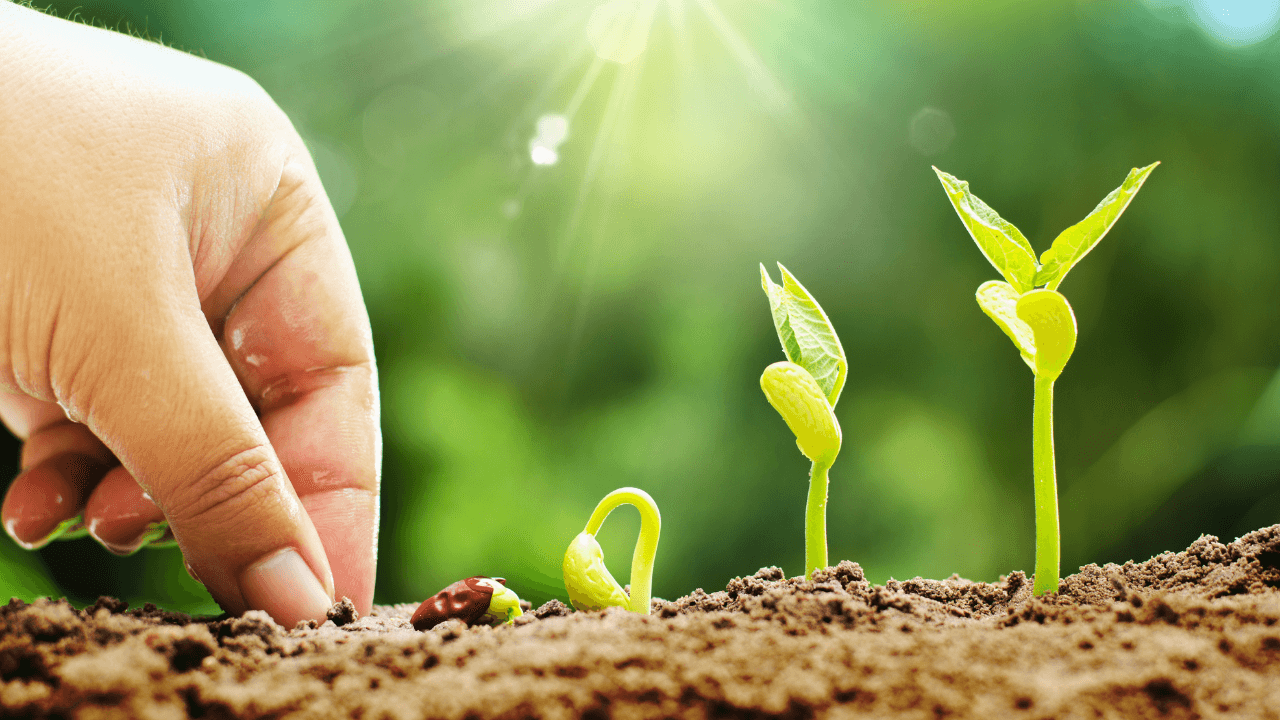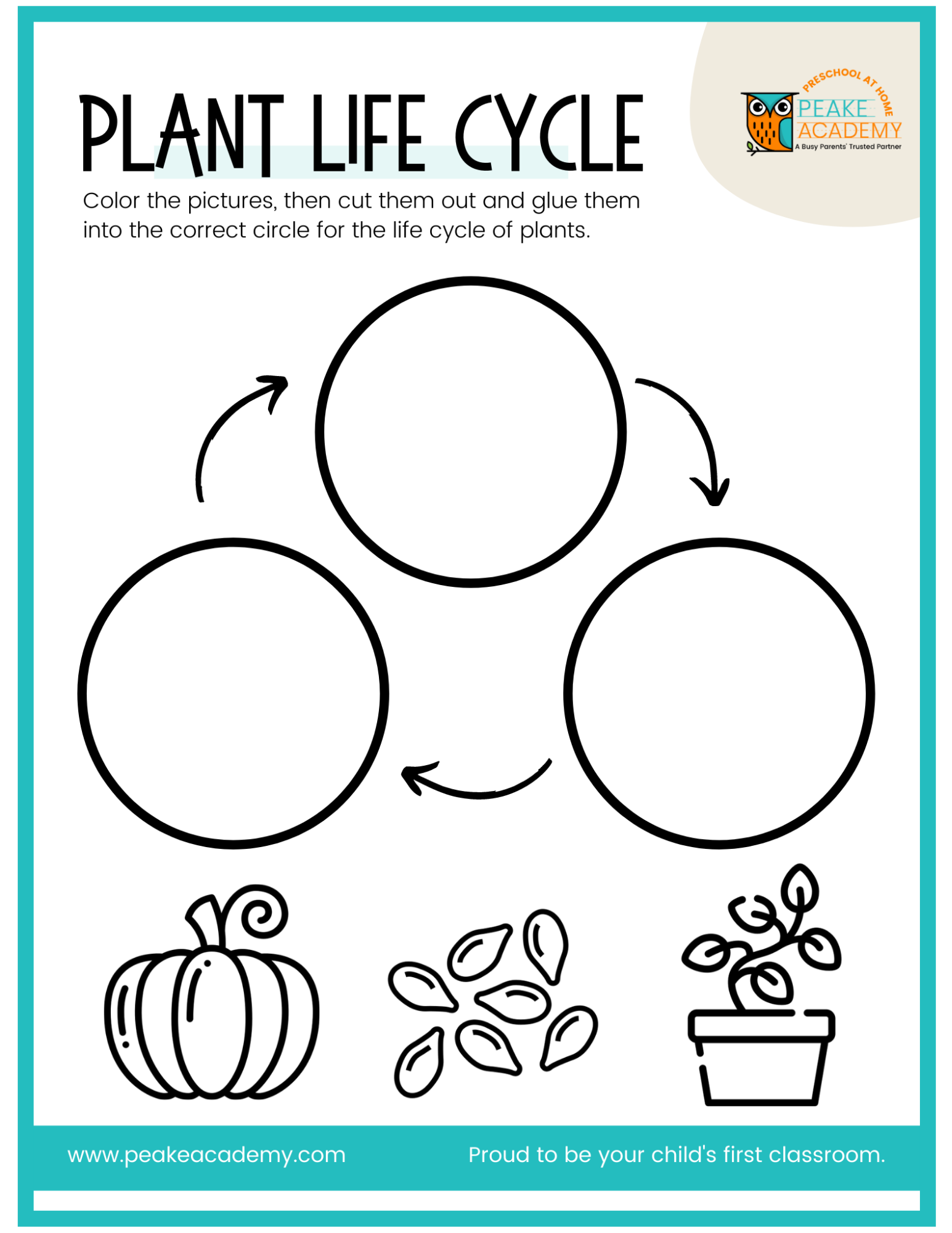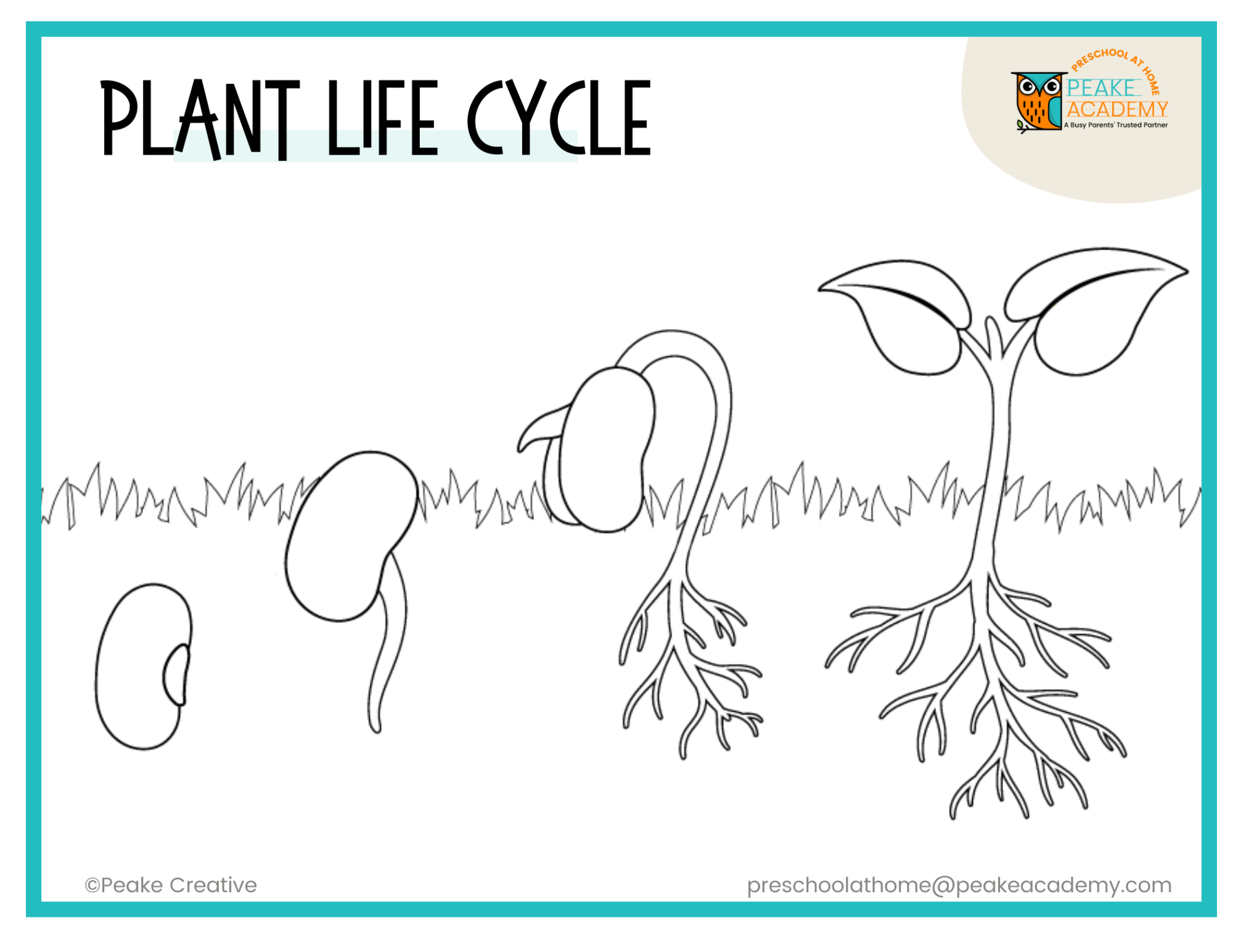Seed Planting With Preschoolers: A Fun Way to Learn About the Life Cycle
Preschoolers are curious by nature and love learning about the world around them. Plants, in particular, can be very interesting for kids, as they come in all sorts, shapes, sizes, and colors.
Humans and animals depend on plants for the necessities in life -- food, oxygen, water. So, little ones need to learn about plants. Indeed, we all depend on plant life for our basic resources. Without plants, life on Earth would likely be a lot different.
Seed planting with preschoolers is an excellent way to teach them about the life cycle of plants. It's a fun, hands-on activity that will keep them engaged and help them learn. With the help of a bit of gardening, seed planting with the kids can be a creative and informative gateway to discovering more about the life cycles of plants and so much more.
Keeping the activity fun and engaging is essential when planting seeds with preschoolers. The best way to do this is by involving your child in every step of the process.
This blog post will discuss how to plant seeds with preschoolers and some of the benefits of hands-on planting. We will also talk about explaining the plant life cycle to them. And we will also provide tips on making the experience more enjoyable for both you and your child.
How Do You Explain the Concept of Seeds to Preschoolers?
Seeds are the beginning of life. They are the start of trees, plants, flowers, and vegetables. Seeds can grow into various things like flowers, plants, and vegetables.
You can explain that seeds are planted in the ground, and they then wait for the right conditions to grow. The seed needs water, sunlight, and nutrients to grow into a big healthy plant. Once plants are fully developed, you can harvest them by pulling up the whole plant or picking its fruits from your garden.
Small and simple enough to understand for preschoolers, seeds are easy to see and handle because they have a shell protecting them from outside elements like extreme weather conditions or physical damage.
The shell protects the seed from germinating too early or being eaten by animals until it is ready to grow into something big and beautiful!
You can tell a story.
One way to explain seeds to preschoolers is by using a story. You can tell them how a seed is a tiny baby plant that will grow into a large, healthy plant. Or you can describe how the seed will sprout and grow leaves and flowers. This type of storytelling is an effective way to teach preschoolers about the plant’s life cycle.
You can tell the story of how seeds are a future plant, and you can act some things out:
how they have a hard outer shell called a seed coat
how plants use energy from sunlight and water to start growing in soil
how roots dig down into the earth to find food and water
how leaves stretch out and create oxygen for healthy growth
You can use a visual example.
Another way to explain seeds to preschoolers is by showing them pictures or videos. You can create your own visuals ahead of time or collaborate with the kids to come up with your little project together.
Using pictures, graphs, or artwork, you can illustrate how a plant is a living organism that grows in the soil and absorbs water, minerals, and sunlight to survive. You can introduce the different elements that help make a plant grow: water, minerals, and sunlight.
You can find many resources online or at your local library. After you've offered them some visuals, ask if they have any questions.
You can use a hands-on demonstration.
Finally, you can use a hands-on demonstration to show students how plants grow. This is an excellent way for them to understand the various stages of growth and what changes can be observed in each step of the plant’s life cycle.
You can let your preschooler touch and feel the seeds. This hands-on approach is a great way to help them understand how small and delicate they are and help them appreciate the miracle of growth. Once your child understands what a seed is, it's time to plant one!
You can plant your seeds directly into a pot or experiment with how different soil conditions can affect plant growth. You can also document a plant’s growth day-by-day by taking pictures. You can also use other seeds to give your little ones an appreciation of the many kinds of plants that can grow in your garden.
How to Plant a Seed with Preschoolers
When you plant a seed with preschoolers, you need to make sure it’s in a pot (or some other suitable medium or container) and that the pot has soil in it.
You also need to water the pot (just enough) so that the soil can soak up some of it. You also need to gently loosen the soil to help the seed when it starts growing. And finally, you need to put your seed into the dirt and cover it up with more dirt so that it can be allowed to absorb nutrients from the soil.
There are several ways to plant a seed with preschoolers. We'll share a few of the more popular ways to do seed planting with preschoolers below:
One method is to use a paper towel.
Place a few seeds on the towel, fold them in half, and then wet.
Next, unfold the towel and place it in a zip-top bag. Make sure to remove air from the bag before sealing it shut.
Then place the bag in a sunny spot and wait for the seeds to germinate. Once they've sprouted, you can transplant them into the soil.
Another method is to use an egg carton.
Fill each egg carton section with soil and then add a few seeds to each one. Be sure to water the seeds well and place the egg carton in a sunny spot. Once the seedlings have sprouted, you can transplant them into the soil.
Finally, you can plant the seeds directly in soil.
Simply have your preschooler dig a small hole in the soil and then drop a seed inside. Once all seeds are planted, water them well and place them in a sunny spot. Be sure to check on them daily and water as needed.
What are the Benefits of Planting Seeds With Preschoolers?
Planting seeds with preschoolers is an educational and fun activity. There are many benefits to planting seeds with preschoolers. They include, but are not limited to:
Helping preschoolers learn the life cycle of plants
One benefit of planting with your little learners is that it helps them understand the life cycle of plants. By planting a seed and watching it grow, they can see first-hand how a plant grows from start to finish.
Kids will learn how to take care of the plant by watering it and giving it sunlight. They will also learn about how plants need sunlight and water to grow and other concepts in the future, such as pollination, photosynthesis, and seed dispersal.
Developing a sense of responsibility and accomplishment
Your young ones can see their work grow and feel accomplished by planting seedlings. Planting seeds with your kids helps them learn how to take care of plants; they also gain a sense of ownership in helping a tiny seed grow.
Another benefit is that it encourages responsibility. When preschoolers are responsible for watering and caring for their plants, they learn the values of diligence and patience as well.
Learning about soil and sun
Whether done outside in the garden or in a pot indoors, children will better understand the natural process of growth. They also learn the importance of water, nutrients, sunlight, and air and how all these things affect a plant's growth.
Building motor skills and encouraging sensory exploration
An activity such as gardening also helps develop your preschooler’s hand-eye coordination, reflexes, and manual dexterity.
Sensory-based activities are also an excellent way to encourage exploration and discovery through touch, taste, smell, sight, and sound. Children will learn about their world in a safe environment where they can explore and experiment without feeling overwhelmed or frustrated.
Improving kids’ appreciation for growing food
Kids have a lot of fun when they help plant seeds. They get to see the growth process, experience how plants go through the various life cycle stages and understand the benefits of eating healthy food.
As an activity that can be either be done in school or at home, planting provides a hands-on experience that will help kids appreciate what they are eating. It’s also a great way to teach them about nutrition and healthy eating habits.
Encouraging overall health and well-being
Teaching kids how to plant is an excellent way to improve their physical health and well-being, especially if you can hold your planting activities outdoors.
Gardening is also a great way for kids to decompress after a stressful day at school. It’s been proven that children who have access to gardens at school have better concentration levels during lessons and are more likely to complete assignments on time.
Creating a better connection to nature
Finally, planting seeds with preschoolers creates a connection to nature. When children experience the process of seed planting firsthand, they develop an appreciation and respect for plants and the environment.
Conclusion: a Final Word About Seed Planting with Preschoolers
If you want to help your preschooler learn more about life cycles, planting a seed is a great way to do it. They can see the plant grow and change right in front of their eyes, and they’ll also have the opportunity to learn about things like photosynthesis and germination.
Planting seeds with preschoolers also provides many benefits. While you can creatively teach them about the plant’s life cycle, planting seeds with the young ones also helps encourage a sense of responsibility, improve their overall well-being, and better appreciate where food comes from.
Plus, it feels good to get your hands dirty and watch something grow from a tiny seed into a big, healthy plant.
Ready to start planting? Read more blog posts on the Peake Academy and Play Boutique websites for more tips on how to make learning fun for kids!
Thank you for reading this content. Subscribe to our Weekly Newsletter. We occasionally send resources of great value and freebies and we would love to send them to you for free!
Grab your free Life Plant Cycle Coloring Worksheets made by Peake Academy Preschool At Home .
Visit our Parent Advisor and The Buzz Blogs to learn more about related topics and parenting tips. You are welcome to join our private Parent Advisor Facebook group. It’s a growing community of parents and preschool teachers where you can learn and share more parenting tips.



